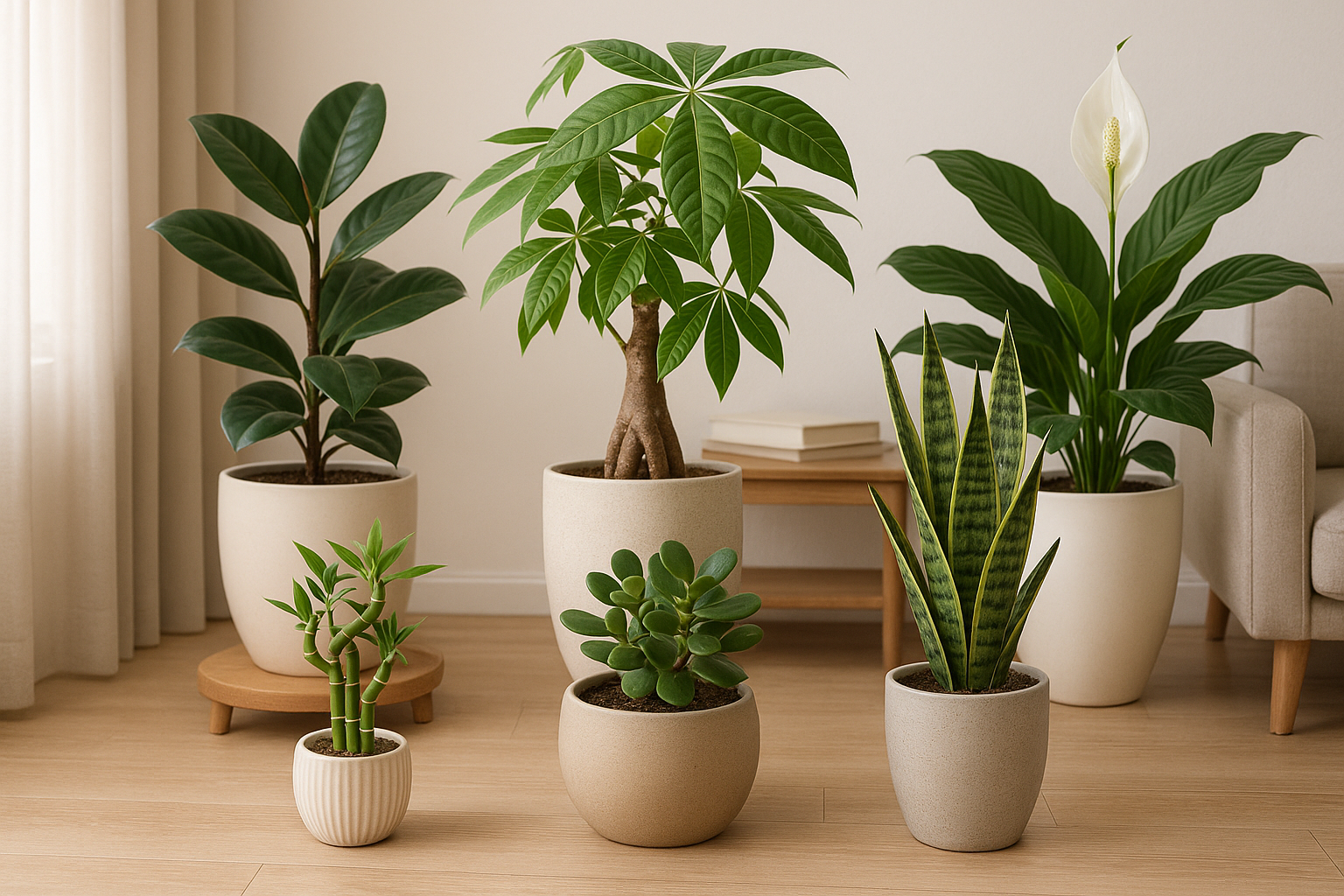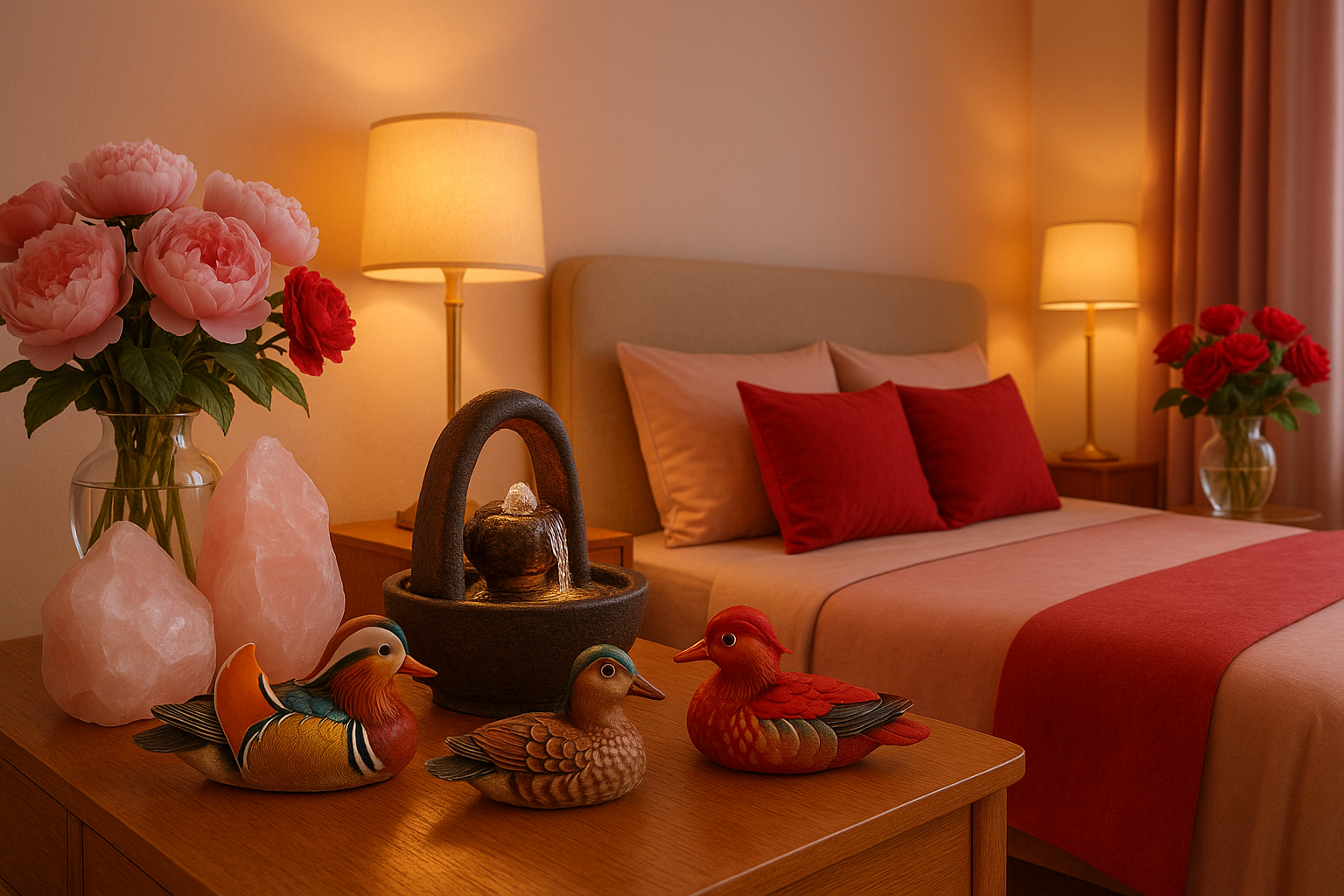In daily life, many people, with sincere devotion, hope to invite a Buddha statue into their homes to add peace and blessings to their lives. From a Feng Shui perspective, choosing a Buddha statue involves considerable knowledge: a suitable statue can complement the home environment and harmonize the energy field (Qi), while an inappropriate one may fail to exert its positive energy fully. Today, we will elaborate on how to select a Buddha statue that aligns with yourself from a Feng Shui standpoint.
I. Choose Based on Your Aspirations: Clarify Your Wishes to Determine Direction
Buddhist culture has a long history, and different Buddha statues carry unique meanings, corresponding to people’s various prayers.
- If you aspire to unlock wisdom and achieve breakthroughs in studies or career, the Manjushri Bodhisattva (Symbol of Supreme Wisdom) is the ideal choice. It symbolizes supreme wisdom, helping practitioners cut through confusion and clarify their thinking. Legend has it that students who sincerely pray to Manjushri Bodhisattva often gain inspiration and make progress in their studies.
- To pursue family harmony and abundant compassion, the Guanyin Bodhisattva (Goddess of Mercy) is the first choice. With great compassion, Guanyin responds to the cries of those in need; its compassionate energy can ease family conflicts and create a warm, harmonious atmosphere. In many families, after enshrining Guanyin Bodhisattva, relationships among family members become more harmonious, with fewer quarrels and more care.
- For those focusing on improving wealth luck and career smoothness, consider Maitreya Buddha or the God of Wealth statues. Maitreya Buddha, with a broad smile and an accommodating belly, not only brings an optimistic and open-minded attitude but also implies gathering wealth from all directions. The God of Wealth statues (e.g., Zhao Gongming, the God of Military Wealth; Bi Gan, the God of Civil Wealth) are directly associated with wealth luck, each possessing the divine power to attract and accumulate wealth, boosting career development.
II. Choose by Material: Harmonize the Five Elements to Enhance Fortune
Buddha statues come in various materials, each embodying different Five Elements (Wu Xing) energy. Selection should align with your personal destiny’s Five Elements attributes.
- For those lacking Metal in the Five Elements: Bronze Buddha statues are ideal. Bronze belongs to Metal in the Five Elements; its hard texture and metallic luster can strengthen Metal energy, helping enhance decisiveness and improve wealth luck. For example, bronze Buddha statues are often seen in commercial venues, using their Metal energy to attract fortune for the store.
- For those lacking Wood: Wooden Buddha statues are preferred. Wood, taken from nature, is full of vitality, symbolizing the growth attribute of Wood. It can inject vitality into life and promote steady career advancement. Statues made of sandalwood or agarwood not only match the Five Elements attribute but also emit a faint, elegant fragrance, purifying the environmental energy field.
- For those lacking Earth: Ceramic or jade Buddha statues are worth considering. Ceramic is made from fired clay, and jade is closely linked to Earth—both can stabilize the energy field and bring a sense of steadiness, especially suitable for those who wish to consolidate their foundations and improve interpersonal relationships. Jade statues are warm and delicate, nourishing both the body and mind while enhancing personal temperament.
- For those lacking Water: Crystal Buddha statues are a good option. Crystal is transparent and bright, as if condensing the agility of Water; its pure energy can regulate the energy field, inspire creativity, and bring more opportunities to life. Crystal statues shine brilliantly under light, adding a vivid touch to the space.
III. Prioritize Appearance: Dignity and Correctness Reflect Buddha-Nature
A Buddha statue with good appearance should have a dignified, compassionate face, coordinated facial features, and smooth, natural lines. Its expression—whether smiling or serene—conveys compassion and wisdom. If a statue has a distorted face or strange expression, it not only fails to inspire reverence but also, from a Feng Shui perspective, may disrupt the energy field and affect the residents’ state of mind.
Additionally, pay attention to the statue’s posture:
- Seated statues should be dignified and stable, with legs crossed (in meditation posture) or hanging down, giving a sense of calm.
- Standing statues should be upright and straight, showing the dignity of saving sentient beings.
Never buy or enshrine a damaged or incomplete statue (e.g., missing head, broken arms). Incomplete statues are regarded as inauspicious in Feng Shui, easily damaging the energy field and bringing negative energy. In such cases, handle the statue properly: wrap it in red cloth, send it to a temple, and ask monks for help with disposal.
IV. Match Size to Space: Harmonize the Space to Promote Balance
The size of the Buddha statue should match the placement space. Placing an overly tall statue in a small space will make the area cramped and oppressive, hindering the smooth flow of Qi. For example, in a small apartment, a statue 30-50 cm tall is appropriate; it can be placed on a desk, windowsill, or other corners—occupying little space while exerting its Feng Shui effect.
In a spacious living room or Buddhist shrine, a larger statue (1-2 meters tall) can be chosen to highlight the statue’s dignity and complement the open space. Meanwhile, the statue’s base should be stable; avoid using overly thin, easily shaky materials. A stable base symbolizes the solid foundation of the Buddha, better blessing the family.
V. Consecration (Kai Guang): Endow Spirituality to Enhance Energy
Consecration is a specific religious ritual that infuses the compassion and wisdom of Buddhas and Bodhisattvas into the statue, endowing it with spirituality. A consecrated statue is believed to better exert its blessing effect and resonate with the worshiper. It is recommended to go to a formal temple and invite eminent monks to consecrate the statue. During the ceremony, monks chant sutras and pray, using the power of Dharma to bestow divine energy on the statue.
If you cannot go to a temple for consecration, you can hold a simple ceremony at home: on an auspicious day (e.g., the 1st or 15th of the lunar month), in the early morning, wipe the statue with a clean towel, then burn incense, chant sutras, and sincerely pray—infusing the statue with energy through your own devotion. After consecration, treat the statue with respect; avoid touching or desecrating it casually.
When choosing a Buddha statue, consider the above aspects comprehensively—from personal aspirations, Five Elements destiny, statue appearance, size-space matching, to consecration. This way, you will surely invite a statue that perfectly aligns with yourself and your home’s Feng Shui. May every Buddha statue bring peace, blessings, and wisdom to your life, keeping the light of faith always by your side.



